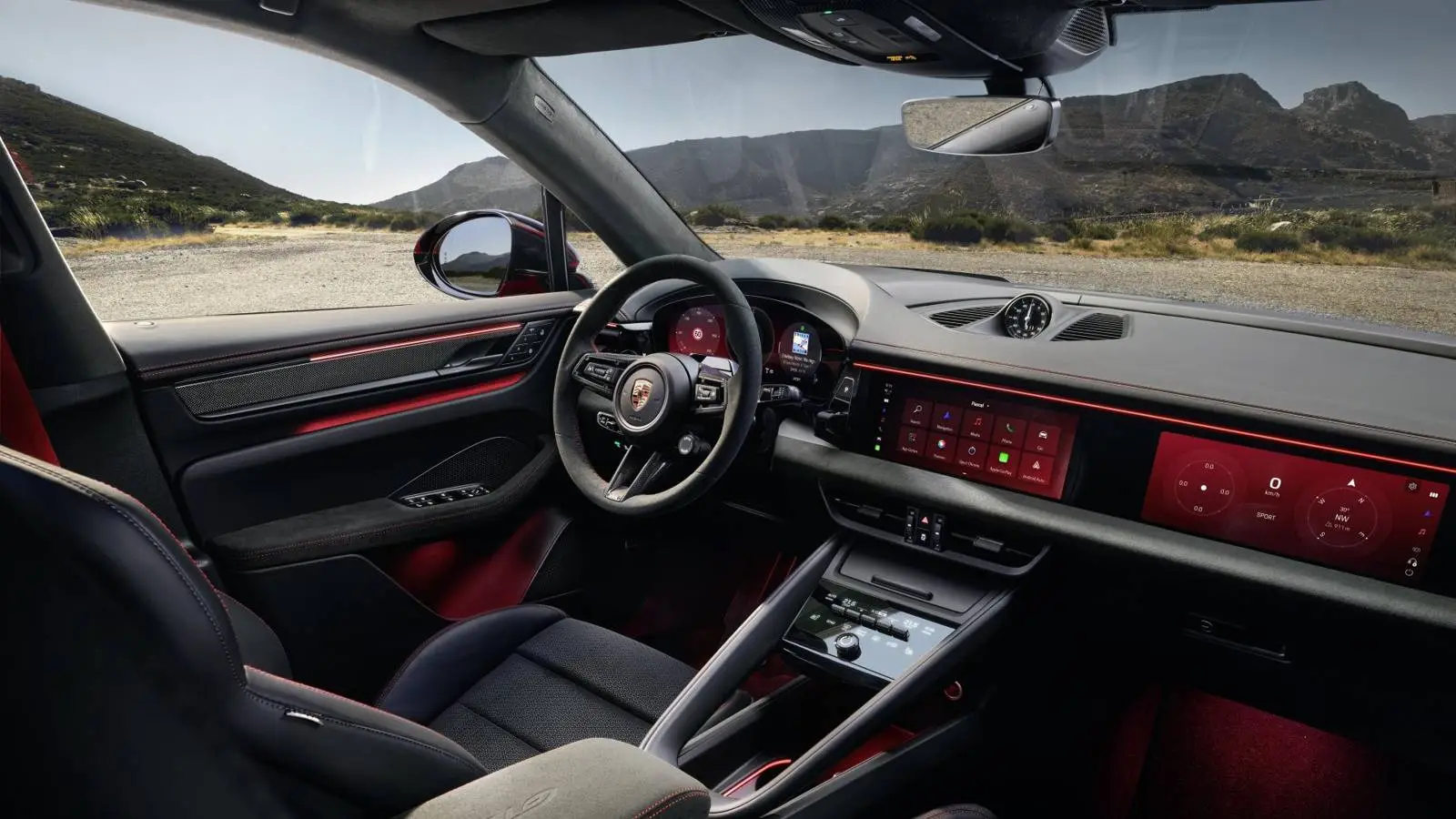Articles
When cars began to talk: voice systems evolution

Explore how voice technology evolved from early warning messages in the 1980s to AI assistants like ChatGPT in modern vehicles, shaping how humans interact with cars.
When a car suddenly speaks to you — it’s not just convenience, but the result of a long evolutionary journey in technology. It didn’t begin with Siri or Google Assistant; it started with those awkward yet memorable female voices telling you: “Key in ignition!” or “Door is open.” In the early 1980s, Nissan/Datsun introduced such voice-warning systems in models like the 810/Maxima and 280ZX, where phrases were played back via a small audio unit. It was just sound—not an intelligent response to your speech.
Then, by the mid-1980s, Chrysler’s Electronic Voice Alert and Britain’s Austin Maestro took it further: voices in the cockpit reacting to car conditions. Still, no true voice command understanding.
The real turning point came in the early 2000s: Honda, partnering with IBM, rolled out voice-recognition navigation systems in the 2005 Acura RL and others — now you could speak a street or city name and the car would navigate. That marked a shift from “car talking to you” to “you talking to the car.”
Next wave: the smartphone era. Apple CarPlay (2014) and Android Auto (2015) brought familiar voice assistants into the vehicle environment. The car began to listen—and understand—your phone-style commands.
Today we’re on the verge of a new revolution: generative AI. Mercedes-Benz and Volkswagen (via Cerence) integrating ChatGPT mark a move toward not just voice control, but true conversational interaction with your vehicle. The car can now not just obey, but discuss and assist.
Of course, challenges remain: cabin noise, microphone placement, privacy and security. Engineers tackle these with microphone arrays, noise-suppression algorithms and cloud-based processing — supported by engineering papers and manufacturer presentations.
From mechanical voice alerts to near-full conversation with a car, the journey spans decades. A car says hello when it’s ready to hear you—then the dialogue begins. It may not yet replace a friend, but the vehicle is becoming one of the best assistants you’ll ever talk to.
2025, Oct 21 17:30


